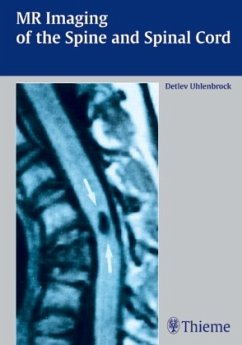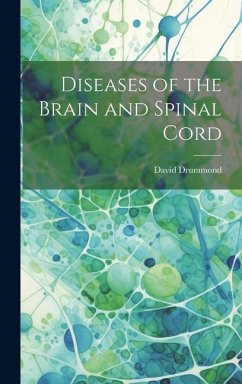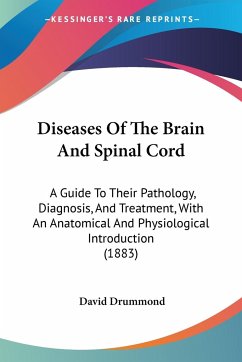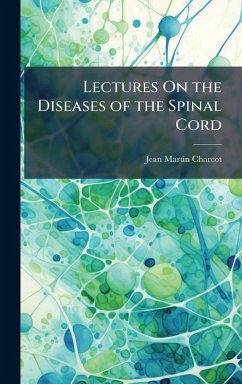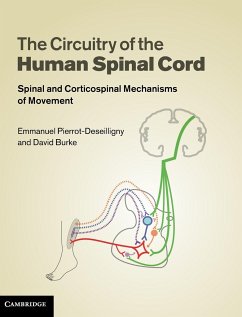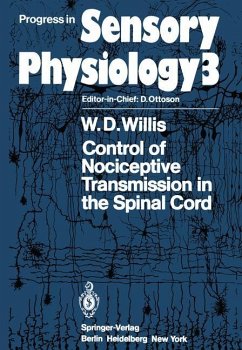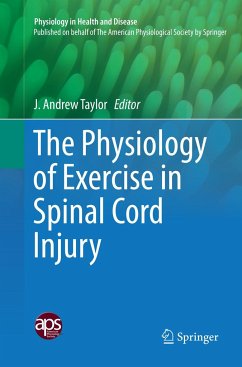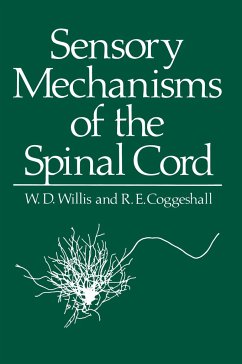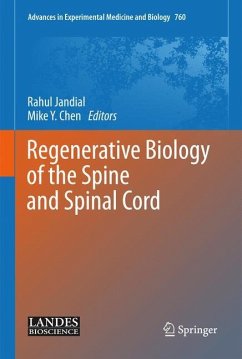
Diseases of the Spine and Spinal Cord

PAYBACK Punkte
81 °P sammeln!
Diseases of the Spine and Spinal Cord reviews the full spectrum of disorders affecting this region including primary spinal tumors and metastases, infection, degenerative diseases, and trauma. Presenting an inter-disciplinary perspective, the book includes up-to-date information on therapy (including neurosurgical), new information on developmental disorders of the spine, and a definitive chapter on trauma, including information on biomechanics. A separate chapter on pain syndromes also is included.




